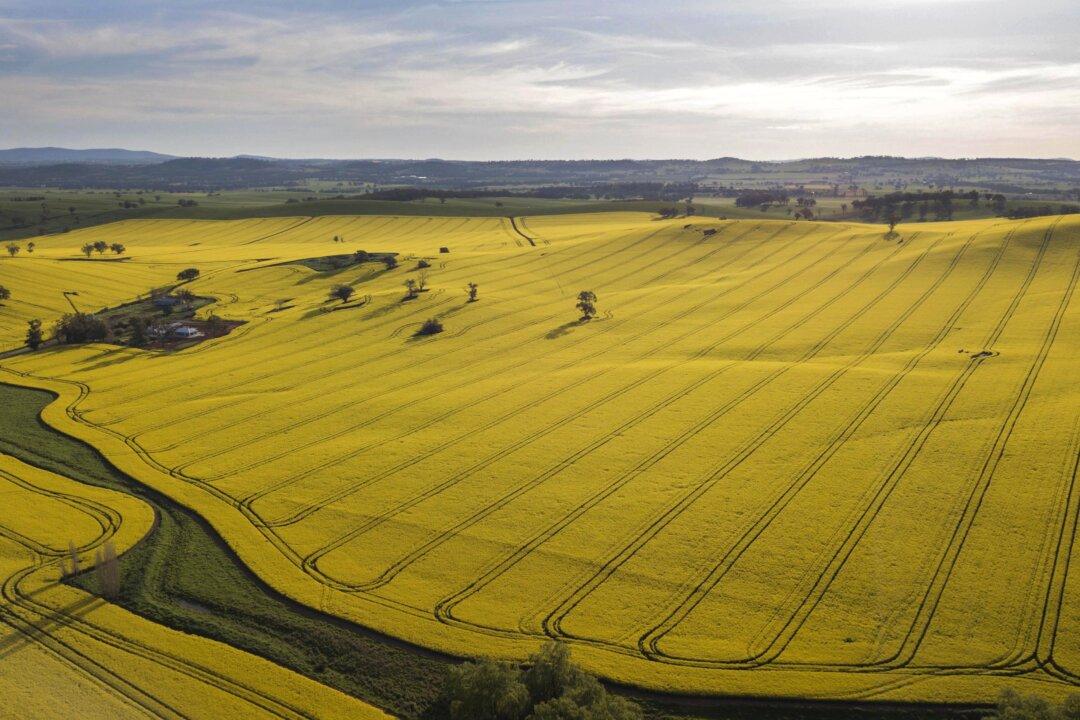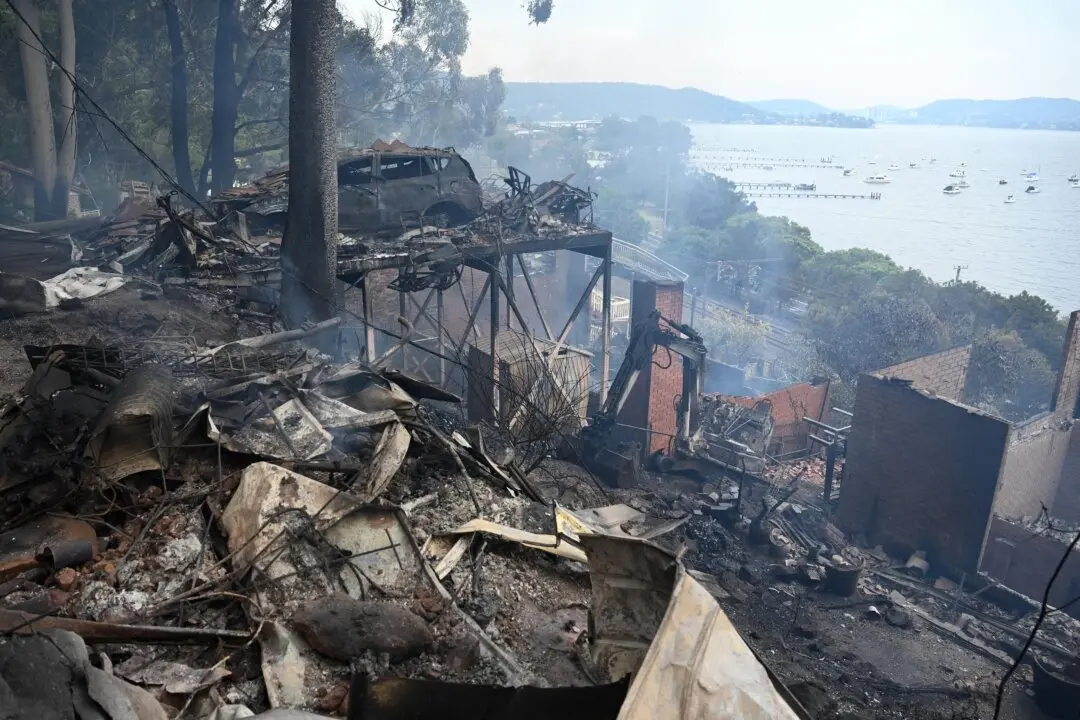Australian agriculture’s record-breaking run is set to dry up, with winter crop production to plunge more than a third while overall production is also forecast to fall.
The latest quarterly outlook has been released by ABARES, the agency responsible for agricultural science and economic research.





